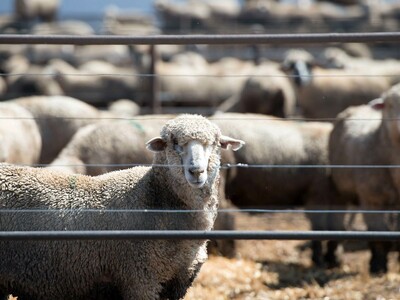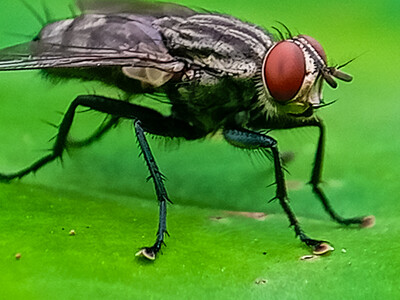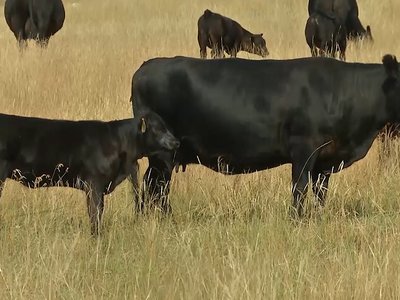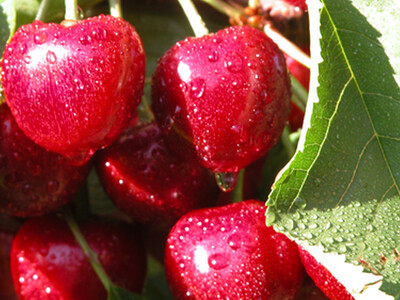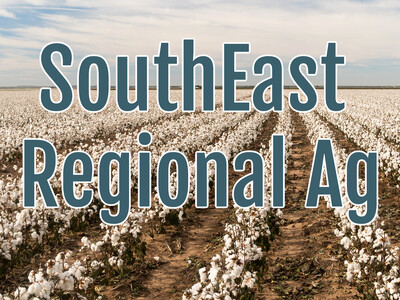Flies and Cattle
Flies are much more than a nuisance. Their economic impact can reach deep into a cattleman’s pockets.Flies: What's the harm?
“Excessive fly numbers affect cattle production in different ways – none of them profitably,” explains Arnold Nagely, DVM, co-founder of Valley Vet Supply. “While cattle are fighting flies, they are not grazing and gaining the weight that they could be. Starting control measures before fly populations build usually yield better results. As with many challenges, prevention or early intervention is prudent. Timely spraying, back rubs, and insecticide ear tags are among several methods utilized to stay ahead of major infestations.”
What's recommended to keep flies off cattle?
Fly control options have evolved over the years to offer producers with better protection for their cattle operations. Dr. Nagely shared two of the greatest advancements he has seen throughout his veterinary career, and before co-founding Valley Vet Supply in 1985, alongside fellow veterinarian Dr. Ray Shultz.
Two of the greatest fly control advancements include:
Insecticide application methods, which have evolved over the decades. Mist sprayers on ATVs are a popular insecticide delivery tool. Also, commonplace today are Fly Killer Kovers for mineral feeders, cattle rubs and even CO2-powered applicators for insecticide capsules, which offer a quick and convenient method to treat small- to medium-sized herds.
New insecticide chemicals have become available, particularly as ingredients in insecticide ear tags and in the capsules for CO2-powered applicators.
Warm weather provides the perfect environment for a rapid increase in fly populations. Of the different species of flies affecting cattle operations from herd health to operational profitability, there are a number of fly control methods available to help control them and dramatically limit profit loss. Let’s review the different fly species and their economic impact, according to data from Elanco Animal Health, along with recommended action to take for effective control.





